The saying goes, the more things change, the more they stay the same. Well, not exactly. We recently joined with our good friends over at Transportation for America to release an updated “Repair Priorities” report taking a look at the state of the nation’s roads and where the investments have been going. We did similar reports in 2014 and 2011.
Guess what we found?
Between 2009 and 2017 more roads have gotten worse and the percentage in good condition has barely budged. The percentage of roads in poor condition rose from 14 to 20 percent, while the roads in good condition went from 36 to 38 percent. Remember, that block of time includes a huge bump in road funding from the 2009 stimulus for “shovel ready” projects.
To maintain the existing road network and bring the poor condition roads up to good would require spending more than $230 billion…Per year…For Six. Consecutive. Years. To put that into perspective, all highway capital expenditures at all levels of government totaled a mere $105 billion in 2015, only a portion of which goes to repair.
But the real story isn’t the lack of money, it’s the unwillingness to set priorities. For the most part, states aren’t spending their cash to maintain what they have already built. Instead they’re making the problem worse. Nearly 225,000 lane miles were added to the public road network between 2009 and 2017. It will cost an additional $5 billion per year to maintain just these new lane miles. Failure to do so means they will become part of the future maintenance backlog
At the same time you’re hearing about a $2 trillion infrastructure package or an increase in the gas tax or a new vehicle-miles-traveled tax. We’re all for paying for things and strong supporters of the “user pays” principle. But surface transportation has a bad track record when it comes to that. In fact, over the last decade policymakers have raided the treasury to backfill $150 billion into the Highway Trust Fund to keep their proclivities intact.
The fact is, while a bunch of lawmakers and the president have glommed onto a $2 trillion price tag, and we’re the midst of another damn “Infrastructure Week” – no one can tell you the what, when, where, and why of the package, or the how they’re going to pay for even some of it. In case they haven’t noticed, even with the economy humming, the annual deficit is as big (as a percentage of Gross Domestic Product) now as it was right after the Great Recession. The last time it was this big before that? Right after WWII. The last time the national debt was this big? Yup, 1946.
Yes there is a need for infrastructure investment, but the country has to get this right. That means policymakers need to do what we outline in Smart Strategies for Infrastructure: get rid of what doesn’t work; fix stuff first; prioritize spending; strengthen user pays; rebuild better and smarter.
The Repair Priorities recommendations are basically an extension of that. Require that states repair existing systems before expanding; require project sponsors to demonstrate they can maintain new road capacity without harming maintenance of existing systems; tie any new funding to measurable outcomes of maintenance; and track progress and publish the results.
On that last point, the latest data the Federal Highway Administration (FHWA) provides on state highway capital spending is from 2014. That is ridiculous. They have the information, so publish it. And then work with states to tell taxpayers what they’re going to get with additional revenue or through an amorphous infrastructure package. Anything less continues the current cycle of dysfunction.

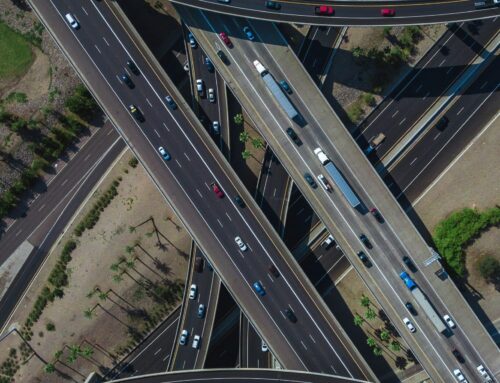

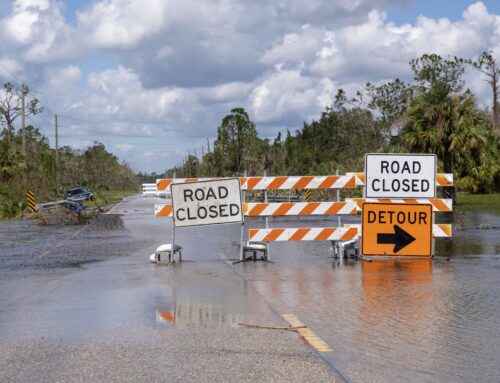

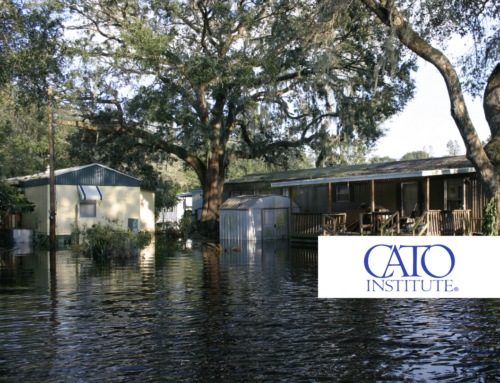
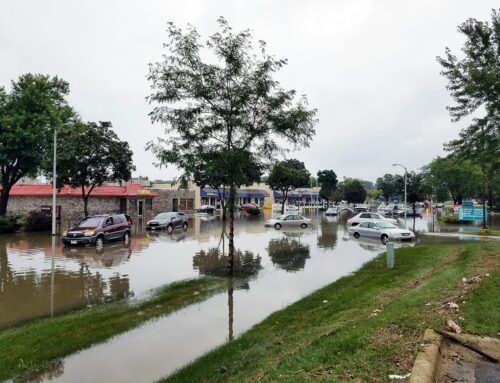
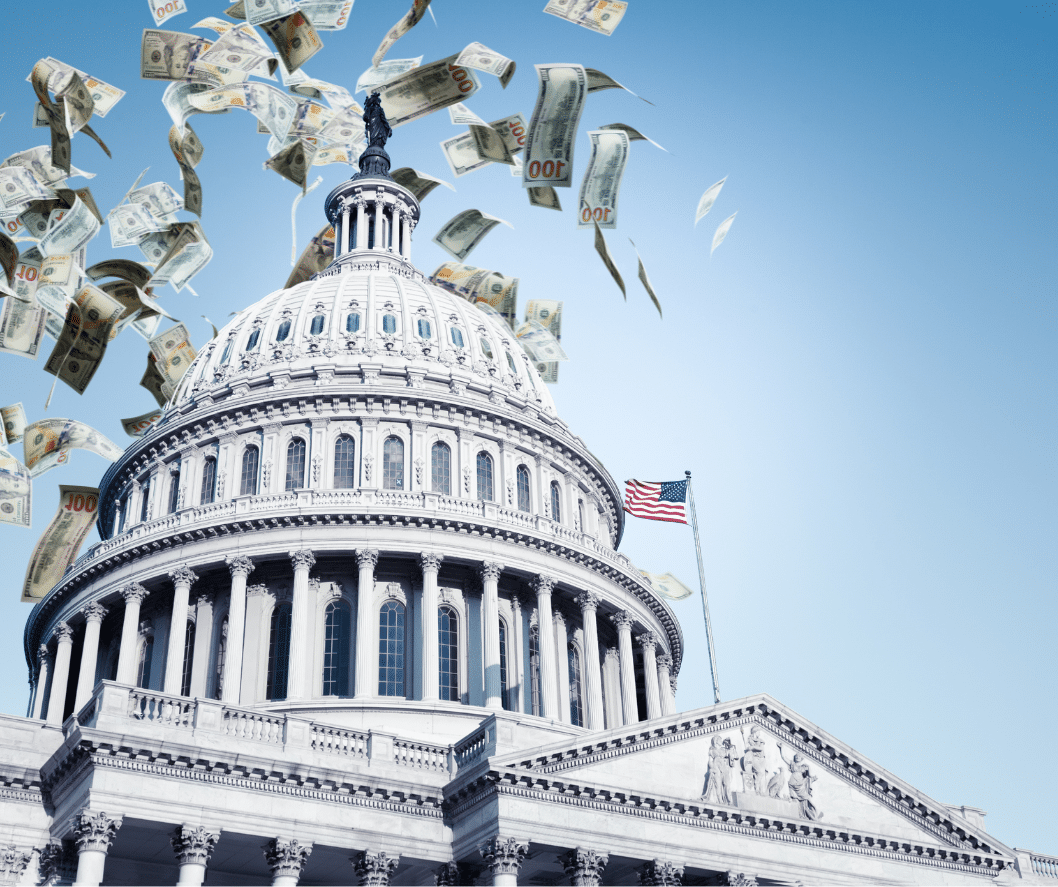

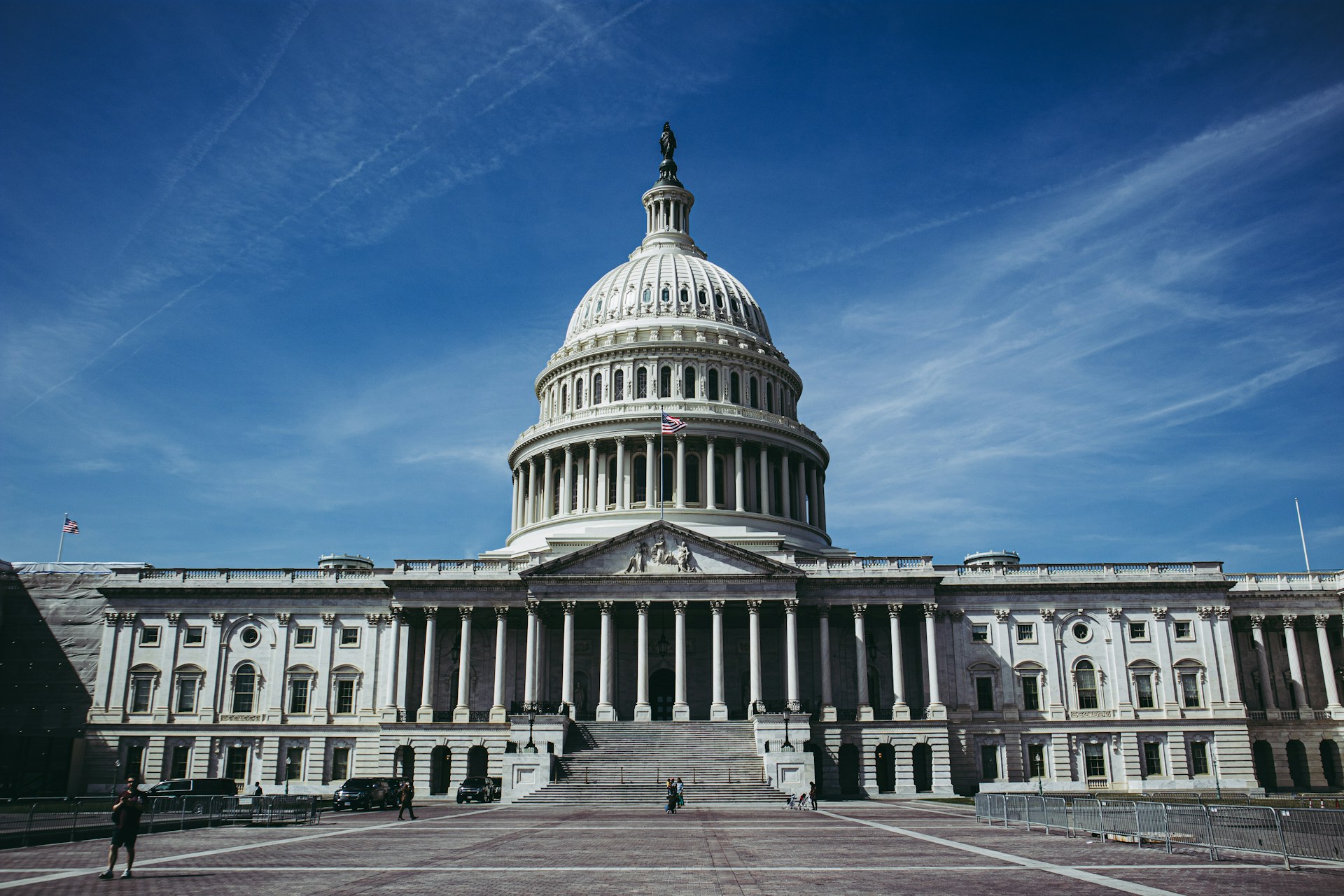

Get Social